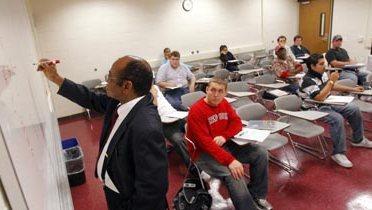Governors and other state leaders are under pressure to increase the odds that their states will exit the recession poised to be productive, attractive to employers, and competitive for jobs and wealth creation. One fact is inescapable: to achieve economic recovery and longer-run prosperity, states must produce many more skilled workers with postsecondary credentials, not merely short-term training after high school.
The current economic climate has placed renewed priority on the performance and potential of community colleges, the primary postsecondary institution serving local and regional workforce needs. These institutions are critically important to individuals seeking higher skills and to employers looking for qualified workers. States that fail to align their community college goals with economic development efforts to address their human capital challenges run the risk of losing out in the competition for good jobs and sustainable development.
However, states that maximize their return on every public investment dollar to prepare for long-term economic growth can use the current moment to their advantage. By championing an integrated workforce and economic development strategy based on improving student success in community colleges and promoting regional progress through partnerships, they can ensure a stable supply of skilled workers for area employers. To that end, states should embrace the following agenda:
- Articulate a clear vision for the alignment of workforce development, postsecondary education, and economic development at the regional level, and regularly publicize progress;
- Improve student success and credential completion in community colleges; and
- Identify and target priority clusters and industry sectors critical to regional competitiveness and expansion, promoting partnerships that engage community colleges in economic development




